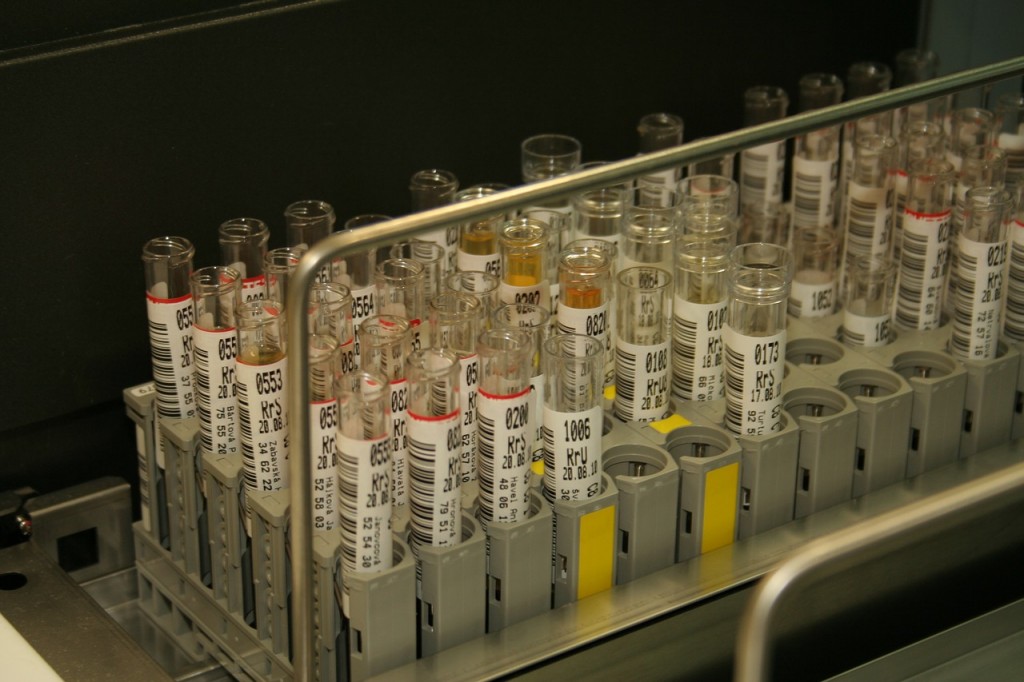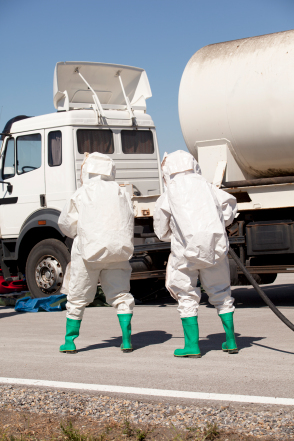Leading Industrial Wastewater Treatment Solutions: Making Certain Conformity and Performance
Leading Industrial Wastewater Treatment Solutions: Making Certain Conformity and Performance
Blog Article
Exactly How Fluid Garbage Disposal Works: A Detailed Overview of Techniques and Technologies Utilized

Overview of Liquid Waste Types
The intricacy of liquid waste types necessitates a detailed understanding of their qualities and ramifications for disposal. Liquid waste can broadly be categorized right into numerous kinds, including industrial, community, agricultural, and contaminated materials. Each category exhibits distinct properties, calling for particular monitoring approaches to alleviate environmental and health risks.
Industrial fluid waste originates from manufacturing procedures and usually consists of a variety of pollutants, such as hefty steels, solvents, and organic substances. Local liquid waste, largely consisting of wastewater from homes and commercial facilities, includes raw material, nutrients, and pathogens (industrial wastewater treatment). Agricultural fluid waste, including runoff from ranches, may have fertilizers, chemicals, and pet waste, positioning risks to water high quality and ecological communities
Unsafe liquid waste is defined by its poisoning, sensitivity, or potential to cause damage. Recognizing these diverse liquid waste kinds is essential for creating reliable disposal techniques and making certain conformity with environmental policies.
Physical Treatment Techniques

Testing is the initial action, where bigger particles and debris are gotten rid of from the liquid waste using displays or grates. In sedimentation storage tanks, heavier fragments clear up at the bottom, forming a sludge layer, while the made clear fluid can be further dealt with.
Filtering is another important method that includes passing the liquid via permeable materials, such as sand or membrane layers, to catch smaller sized fragments. This action boosts the top quality of the liquid, making it suitable for succeeding treatment procedures.

Chemical Treatment Methods
Chemical therapy methods are vital for properly handling fluid waste, especially in resolving dissolved and colloidal impurities that physical methods might not adequately eliminate. These strategies utilize numerous chemical representatives to neutralize, speed up, or change hazardous compounds right into less damaging kinds.
One common technique is coagulation and flocculation, where chemicals such as alum or ferric chloride are contributed to advertise the aggregation of suspended bits. This procedure boosts sedimentation, enabling much easier elimination of the resulting sludge. Additionally, oxidation processes, utilizing representatives like chlorine or ozone, are used to damage down complex organic compounds and microorganisms, providing the waste more secure for discharge or further treatment.
Neutralization is an additional essential technique, which adjusts the pH of acidic or alkaline waste streams to neutral levels, stopping prospective injury to downstream systems and the setting. In addition, progressed oxidation processes (AOPs) utilize combinations of oxidants and ultraviolet light to degrade persistent pollutants, accomplishing a higher level of treatment efficiency.
Biological Treatment Procedures
Organic therapy procedures play a crucial duty in the monitoring of fluid waste by making use of microbes to decay raw material and minimize pollutant levels. These processes can be broadly categorized right into anaerobic and aerobic therapies, each using details microbial neighborhoods to achieve efficient waste deterioration.
Cardio therapy involves the use of oxygen to facilitate the failure of natural materials by bacteria. This procedure is frequently carried out in triggered sludge systems, where aeration containers supply a favorable environment for microbial development, causing the oxidation of organic toxins. The resultant biomass can be divided from treated effluent via sedimentation.
In comparison, anaerobic treatment takes place in the lack of oxygen, depending on different bacteria to damage down natural matter. This approach is specifically useful for high-strength waste, as it produces biogas, a sustainable energy source, while reducing sludge manufacturing. Technologies such as anaerobic digesters are regularly utilized in municipal and look at this site commercial applications.
Both cardiovascular and anaerobic biological therapies not only decrease the environmental influence of liquid waste yet also assist in source recovery, making them crucial elements of lasting waste administration approaches. Their efficiency, performance, and versatility support their extensive execution across different fields.
Emerging Technologies in Disposal
Ingenious approaches to fluid garbage disposal are quickly advancing, driven by developments in modern technology and a boosting emphasis on sustainability. Among these emerging modern technologies, membrane layer bioreactors (MBRs) have actually acquired traction for their capability to integrate organic treatment with membrane layer purification, causing top quality effluent that can be reused in different applications. MBRs allow smaller sized impacts and a lot more reliable procedures contrasted to traditional systems.
Another promising development is the use of anaerobic digestion combined with nutrient healing innovations, which not only treats liquid waste however likewise creates biogas and recuperates useful nutrients like nitrogen and phosphorus. This double benefit improves resource efficiency and reduces ecological influence.
In addition, progressed oxidation procedures (AOPs) are being embraced for the degradation of complicated organic contaminants. These methods utilize effective oxidants and stimulants to damage down pollutants at the molecular level, providing a highly effective solution for tough waste streams.
Additionally, the combination of man-made knowledge and artificial intelligence in waste monitoring systems is optimizing functional effectiveness and predictive look at this now upkeep, resulting in reduced prices and enhanced environmental conformity. These technologies mirror a considerable shift in the direction of more efficient and lasting liquid waste disposal techniques.
Final Thought
In conclusion, effective liquid waste disposal demands an extensive understanding of different techniques and modern technologies. By continuously progressing these methodologies, it becomes possible to attend to the expanding obstacles linked with liquid waste, ultimately contributing to environmental security and source recuperation.
Fluid waste disposal is an important facet of ecological management, requiring a comprehensive understanding of different strategies and innovations customized to various waste kinds. Fluid waste can generally be classified right into numerous kinds, consisting of commercial, metropolitan, farming, and hazardous waste. Agricultural liquid waste, including runoff from farms, may contain fertilizers, pesticides, and animal waste, positioning dangers to water top quality and communities.
Different physical treatment techniques play an important duty in taking care of fluid waste properly - industrial wastewater treatment.In conclusion, efficient liquid this post waste disposal requires a detailed understanding of numerous methods and modern technologies
Report this page